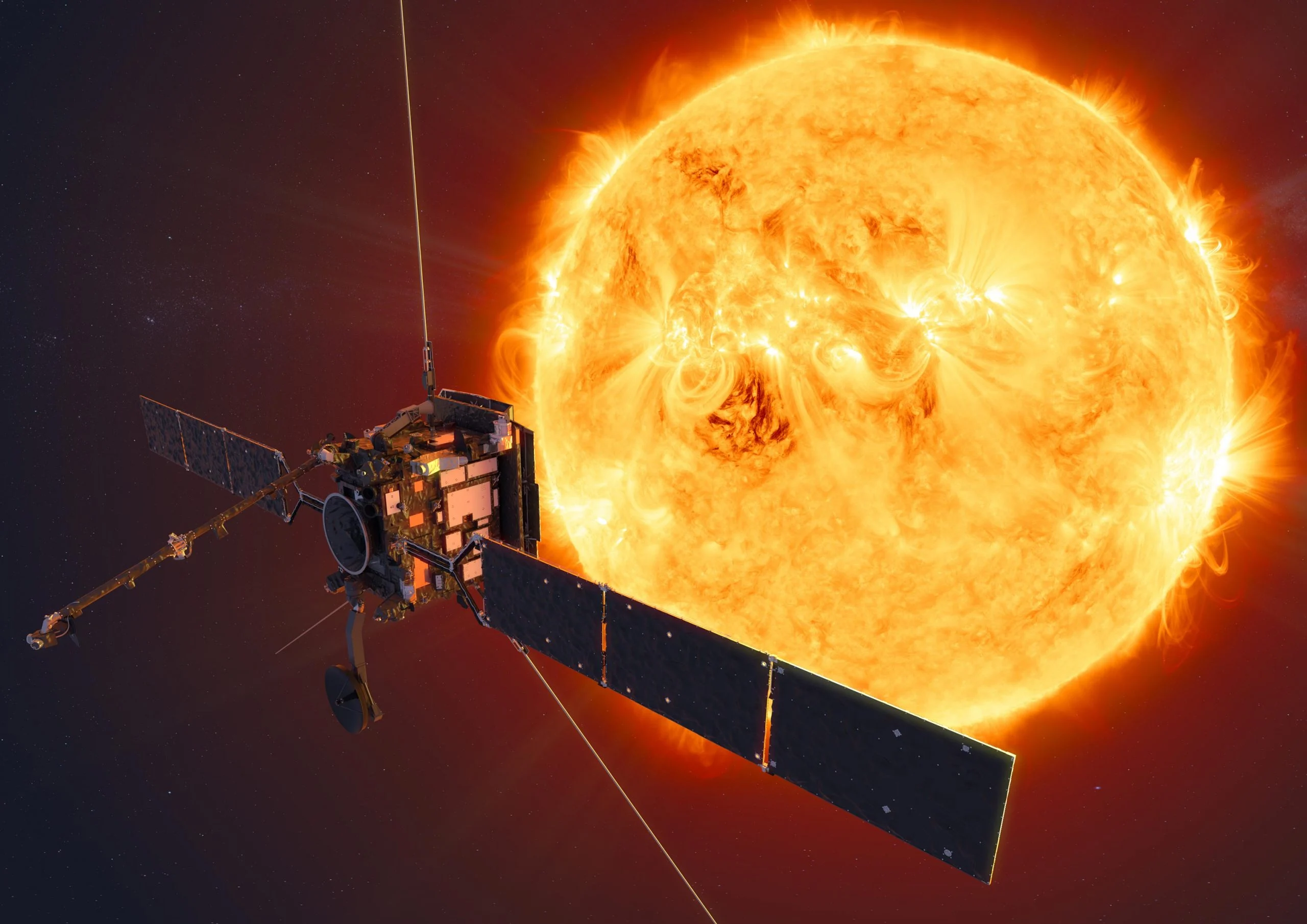Check out these incredible close-up shots of the Sun, captured by ESA’s Solar Orbiter and NASA’s Parker Solar Probe! The Sun’s magnetic structures and crazy temperatures are on full display in this mesmerizing video.
ESA’s Solar Orbiter took these shots, showing us the transition from the Sun’s lower atmosphere to its super hot outer corona. Those wispy strands you see are actually charged gas following magnetic field lines from the Sun’s core.
The brightest spots you see are scorching hot, reaching temperatures of around one million degrees Celsius. Meanwhile, the darker areas are cooler, absorbing radiation from the Sun.
This footage was taken on September 27, 2023, by the Extreme Ultraviolet Imager on Solar Orbiter. At that time, the spacecraft was about a third of the distance from the Sun to Earth, with a closest approach scheduled for October 7, 2023, at 27 million miles away.
Coincidentally, on the same day, NASA’s Parker Solar Probe swung by just 4.51 million miles from the solar surface. Instead of taking direct images, Parker measures particles and magnetic fields in the Sun’s corona and solar wind. It was a great chance for both missions to collaborate, with Solar Orbiter observing the source region of solar wind for Parker Solar Probe.
Let’s talk about some of the cool stuff in the video:
- In the lower left corner, you’ll notice some bright gas forming intricate patterns across the Sun. This is called coronal “moss” and usually appears around large coronal loops.
- On the solar horizon, you can see spires of gas, known as spicules, reaching up from the Sun’s chromosphere, sometimes towering up to 10,000 km.
- Around the 22-second mark, there’s a small eruption in the center of the view, lifting cooler material before it falls back down. And when we say small, we mean it’s still bigger than Earth!
- Towards the center-left around 30 seconds in, you’ll spot “cool” coronal rain against the bright background of large coronal loops. This rain, made of denser plasma, falls back towards the Sun under gravity’s pull.















































